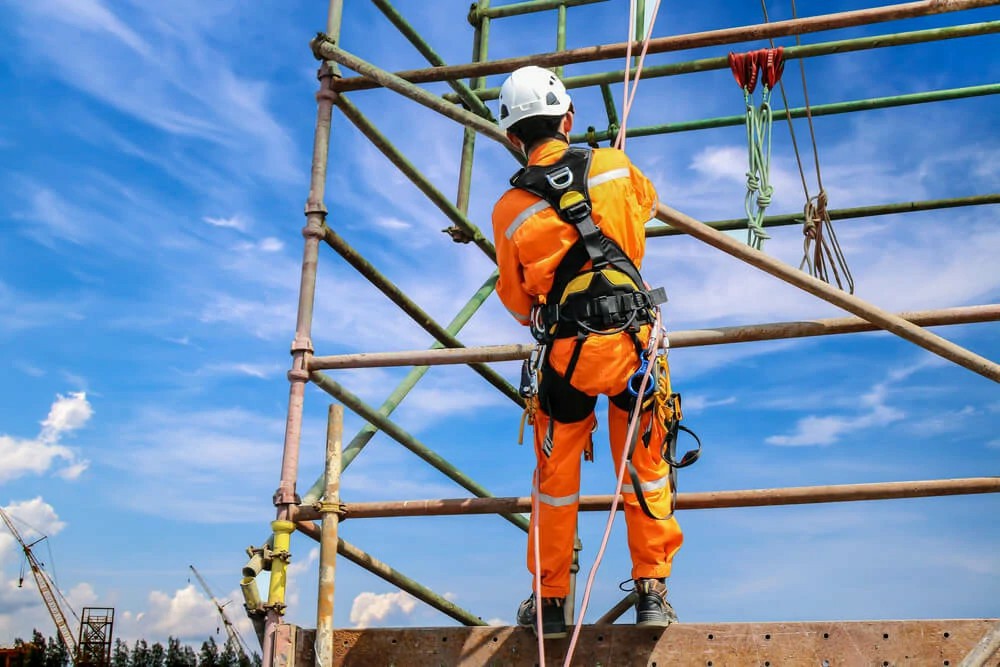


 349,500 Offered Certificates
349,500 Offered Certificates
 24/7 Online Training
24/7 Online Training
 Money Back Guarantee
Money Back Guarantee
 Fully Accredited Courses
Fully Accredited Courses

Created at: 22-02-2025 15:48
In the context of working at heights, effective communication plays a pivotal role in ensuring safety and preventing accidents. As employees tackle tasks high above ground level, the communication strategies employed can mean the difference between a secure working environment and a catastrophic incident. This article delves into the importance of clear instructions, teamwork, and emergency signaling as critical components of working at heights safety.
Statistics show that falls from height remain one of the leading causes of workplace injuries and fatalities. Yet, many of these incidents can be attributed to inadequate or misinterpreted communication before and during the tasks. Poorly executed safety protocols, misunderstood instructions, and uncoordinated team efforts can result in dangerous situations.
Providing clear, concise verbal and non-verbal instructions is crucial in high-risk environments. The following strategies ensure that all team members understand safety protocols:
Safety while working at heights is a collective responsibility. Effective teamwork hinges on:
In emergency scenarios, timely and effective signaling can save lives. Implementing clear emergency protocols ensures that everyone knows how to react:
Maximizing communication effectiveness boils down to consistent best practices:
Real-world examples highlight the role of communication in preventing accidents:
Effective communication is not merely an element of safety; it is a cornerstone of working at heights safety culture. By investing in communication skills through advanced working at heights courses and fostering an environment of open dialogue, teams can work together to mitigate risks and ensure a safer work environment.
If you are interested in enhancing your team's safety measures while working at heights, consider enrolling in a certified working at heights training program. For more information, reach out at [email protected].